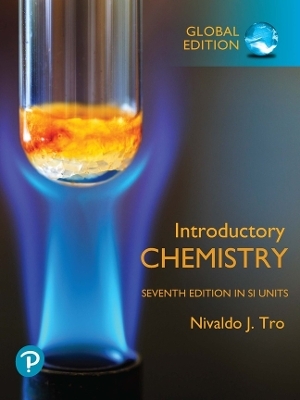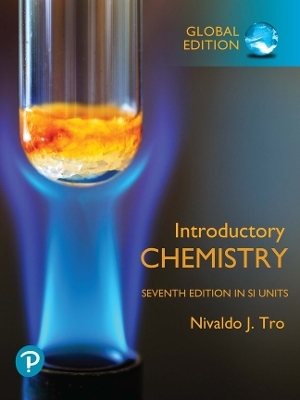
Molecular Spectroscopy of Oxide Catalyst Surfaces
John Wiley & Sons Inc (Hersteller)
978-0-470-86798-3 (ISBN)
- Keine Verlagsinformationen verfügbar
- Artikel merken
The complexation of many inorganic, organometallic and organic molecules with different oxide systems is critically examined, and a classification of formed surface compounds, based on the interaction with definite type of adsorption centers, is given. Possible mechanisms of numerous catalytic reactions, including the transformation of organic molecules over acidic catalysts via the carboionic mechanism, are discussed using the spectroscopic identifications of reaction intermediates. A comprehensive analysis of the literature on the interpretation of the spectra of surface compounds on oxides is presented. This highly illustrated and extensively referenced volume is intended for specialists working in the fields of surface physical chemistry, surface and materials sciences, and adsorption phenomena and is essential reading for those involved in the heterogeneous catalysis by transition metal-oxides.
Anatoli Davydov is the author of Molecular Spectroscopy of Oxide Catalyst Surfaces, published by Wiley.
Preface. Symbols and abbreviations. Introduction. 1. Theoretical fundamentals and experimental considerations of spectroscopic methods used in surface chemistry. Electronic spectroscopy (ES). Vibrational spectroscopy. Electron energy loss spectroscopy (EELS). Inelastic electron tunneling spectroscopy (IETS). Inelastic neutron scattering spectroscopy (INS). Other vibrational spectroscopies. In situ measurements. Quantitative measurements. 2. Nature of oxide surface centers. Systems investigated. Spectral of oxide surfaces. Determination of the nature of surface sites and their chemical properties using the adsorption of simple molecules. Determination of acidic surface properties. Determination of basic surface properties. Surface defects. 3. Study of cation states by DRES and FT-IR spectroscopies of the probe molecules. Copper-containing systems. Nickel-containing systems. Co-containing systems. Iron-containing systems. Silver-containing systems. Palladium-containing systems. Rhenium-, Ruthenium-, and Rhodium-containing systems. Platinum-containing systems. Molybdenum-containing systems. Vanadium-containing systems. Chromium-containing systems. Effects of the state of adsorption sites on the stretching frequencies of adsorbed Carbon monoxide and Nitrous oxide and the problem of detecting the states of cations in oxide catalyst surfaces. 4. Interactions of inorganic compounds with oxide surface active sites. Organometallic complexes. Metal carbonyls and nitrosyls. Interaction with simple acids and bases. Heteropoly compounds Systems. Thermal stability of molybdenum compounds, decomposition mechanism and the role of modifiers. Cationic modification. 5. Formation of surface complexes of organic molecule. Complexation of Alkenes. Complexation of Aryls and aryl halides. Complexation of Alkynes. Complexation of Alkanes. Complexation of Nitriles. Complexation of Alcohols. Complexation of Aldehyde and ketone. Complexation of Acids. 6. The mechanisms of heterogeneous catalytic reactions. Reactions involving carbon monoxide. Reactions with participation of hydrocarbons. Transformations of aldehydes and ketones. Transformations of alcohols Transformations of nitrogen-containing compounds. References. Index.
| Erscheint lt. Verlag | 20.6.2003 |
|---|---|
| Verlagsort | New York |
| Sprache | englisch |
| Maße | 178 x 251 mm |
| Gewicht | 1298 g |
| Themenwelt | Naturwissenschaften ► Chemie |
| Technik ► Maschinenbau | |
| ISBN-10 | 0-470-86798-1 / 0470867981 |
| ISBN-13 | 978-0-470-86798-3 / 9780470867983 |
| Zustand | Neuware |
| Haben Sie eine Frage zum Produkt? |
aus dem Bereich


